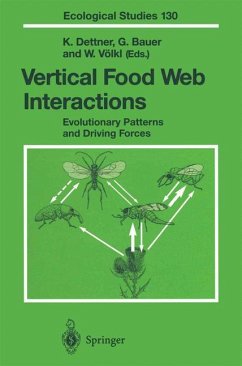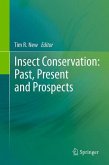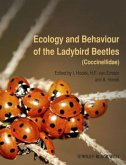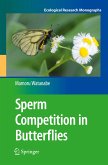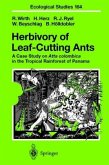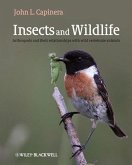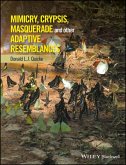In the past years, much work has been carried out on either life-history evolu tion or structure and function of food webs. However, most studies dealt with only one of these areas and often touched upon the other only marginally. In this volume, we try to synthesize aspects of both disciplines and will concen trate on how the interactions between organisms depend on their life-history strategies. Since this is a very comprehensive topic, this volume will focus on vertical interactions to remain within a clearly arranged field. We present some scenaria based on life-history variation of resource and consumer, and show how particular patterns of life-history combinations will lead to particular patterns in trophic relationships. We want to deal with the selective forces underlying these patterns: the degree of specificity of the consumers deter mines the dependence on its resource, and its adaptation to the spatial and temporal availability of the resource. In this respect, the spatial structure of the resource and its "quality" may play an important role. The impact of natural enemies is another important selective force which may influence the evolu tion of interactions between species and the structure of communities. Here, the acquirement of an enemy-free space may provide selective adavantages. The importance of the impact of enemies is also expressed by the development of numerous and sometimes very subtle defense strategies. This will be dem onstrated especially for various aspects of chemical ecology.
Bitte wählen Sie Ihr Anliegen aus.
Rechnungen
Retourenschein anfordern
Bestellstatus
Storno

